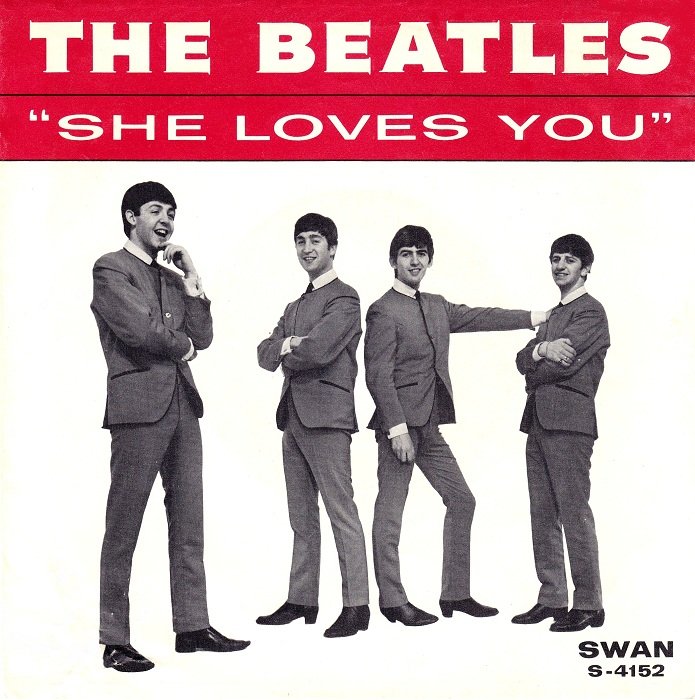Public Speaking Tip: Start With The Chorus, Not The Verse
The Beatles reached the top of the pop charts in 1964 with their hit song “She Loves You.”
Most pop songs of that era—and every subsequent era—started with the verse and built to the chorus. That formula was such a typical pop song construction that the band Genesis released an album and song in 1981 called ABACAB. As guitarist Mike Rutherford explained, the band used the letters to represent different parts of the band’s songs.
“A” represented the verse. “B” represented the chorus. “C” represented the bridge.
Listen to pop songs on the radio today, and you’ll hear that most of them still conform to a similar formula. As an example, Miley Cyrus’s recent hit “Wrecking Ball” uses a “A-B-A-B-C-A-B” formula.
But “She Loves You” was different. It flipped the typical formula and started with the chorus, or “B,” the giant hook that grabbed the audience immediately.
That leads to a question: Are there times when you should begin your presentations with the chorus instead of the verse?
As The Beatles would say, yeah, yeah, yeah. You shouldn’t do it for every speech, but flipping the formula occasionally to begin with your chorus is a great tool to add to your toolbox.
Doing so is more common than you might think. Consider the prosecutor who opens a trial with this statement:
“By the end of this trial, I intend to prove that the defendant is guilty of murder.”
That opening salvo is the chorus. The evidence the prosecutor introduces during the trial is the verse. Here’s another example of beginning with the chorus from a more typical workplace setting:
“Good morning. We’ve made our choice. Our recommendation is Mega Corporation. You asked us to choose which of three companies should become our main supplier, and after careful review, it wasn’t even close. Mega Corporation is our runaway winner. For the next half hour, we’ll explain why.”
That may not seem like much, but that same presentation is usually delivered with a careful comparison of the three companies, with the final recommendation coming at the end. Verse first, then the chorus.
Flipping the script is one powerful way to grab your audience’s attention from the start. Consider the typical structure of the presentation you’re about to give—and then decide whether you want to keep the “A” first or flip the script and begin with your “B” instead.
Don’t miss a thing! Click here to instantly join our mailing list and receive free media training and public speaking tips.




Fantastic metaphor, Brad!